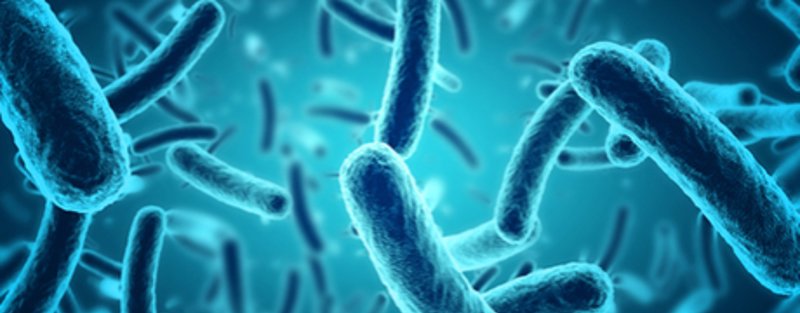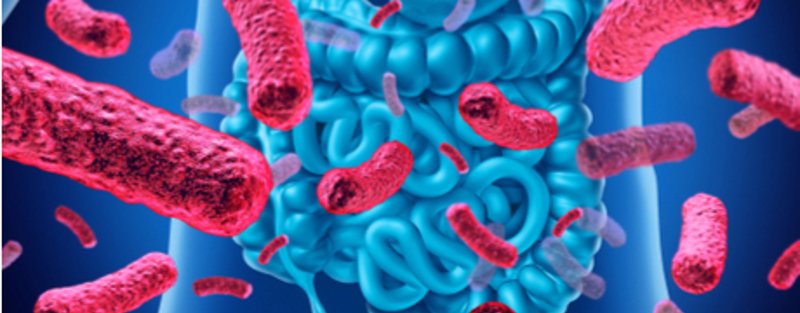
Safety of LcS
Safety
Lactic acid bacteria have been consumed for centuries in fermented foods. With regard to probiotics, Lactobacillus casei Shirota (and its fermented milk product) has an unparalleled history of safe use. Dr Shirota introduced the fermented milk drink containing L. casei Shirota to the Japanese market in 1935 and it was first sold outside of Japan in 1964. Nowadays, it is estimated that more than 39 million Yakult products are consumed in 39 countries and regions around the world.
Lactobacillus casei Shirota was determined as safe by a panel of experts who critically reviewed and evaluated the scientific information available concerned about the strain. This safety was shown by establishing the identity and probiotic characteristics of Lactobacillus casei Shirota, demonstrating its freedom from pathogenic or other risk factors. Based on the evidence presented from in vitro, in vivo and human studies, the panel concluded that the strain does not raise suspicion of potentially represent a hazard to consumers (nor adults or children). GRAS Notice No. 429
In addition, the strain has been used by independent researchers and clinicians across a range of patients. The studies published to date show no reports of serious side effects or adverse events. Similarly, there has never been any report on the uptake of transferrable antibiotic resistance genes by L. casei Shirota.
Furthermore, the L. casei Shirota strain has been used in clinical trials conducted in seriously ill patients and enterally fed patients, without report of serious adverse events. See considerations and further reading below if you are considering using probiotics in enteral feeding regimes.
The example detailed here is a safety study which was conducted using L. casei Shirota delivered via enteral feeding tubes in critically ill children.
EXAMPLE STUDY
Clinical safety in critically ill children
Srinivasan et al. (2006) Journal of Pediatric Gastroenterology and Nutrition 42:171-173.
Method
The objective of this study was to establish clinical safety of L. casei Shirota used as a probiotic in critically ill children. L. casei Shirota was administered three times a day at a dosage of 107 CFU/day via an indwelling nasogastric tube for five days to children admitted to a paediatric intensive care unit in the UK. Safety was assessed by bacteriologic surveillance for the strain in surface swabs, endotracheal aspirates and blood, urine and sterile body fluid samples.
Results
From the 28 patients with available safety data, there was no evidence of either colonisation or bacteraemia with L. casei Shirota from this testing. The L. casei Shirota was well tolerated with no apparent side effects or adverse reactions, supporting the conclusion that L. casei Shirota as a probiotic in critically ill children fed via a nasogastric tube appears safe.
CONSIDERATIONS
Although many of the case reports, intervention studies and meta-analyses that describe probiotic use in patients report no adverse events, most also caution that more research is needed. There are also cases where probiotic use is discourage, such as the administration of high dose probiotics by naso-jejunal tube together with enteral nutrition containing high concentration of fermentable sugars, especially in patients with non-occlusive mesenteric ischemia, common in critically ill patients such as acute pancreatitis patients.2
When considering using probiotics for a specific patient where you may have safety concerns, it is important to consider (i) the quality and safety record of the particular probiotic; (ii) the administration mode and (iii) the patient’s condition.
REFERENCES & FURTHER READING
1. Srinivasan et al. (2006) Journal of Pediatric Gastroenterology and Nutrition 42:171-173.
2. Besselink et al. (2008) The Lancet 371(9613):651-659.
Whelan and Myers. (2010) American Journal of Clinical Nutrition 91:687-703.
Hempel et al. (2011) Safety of probiotics to reduce risk and prevent or treat disease. Evidence Report/Technology Assessment No. 200. (Prepared by the Southern California Evidence-based Practice Center under Contract No. 290-2007-10062-I.) AHRQ Publication No. 11-E007. Rockville, MD: Agency for Healthcare Research and Quality. Available at: https://www.ahrq.gov/downloads/pub/evidence/pdf/probiotics/probiotics.pdf [accessed 29th Nov 2018].
Survival of LcS
Survival is a fundamental probiotic characteristic. Read more about the survival of LcS here.
Read More
